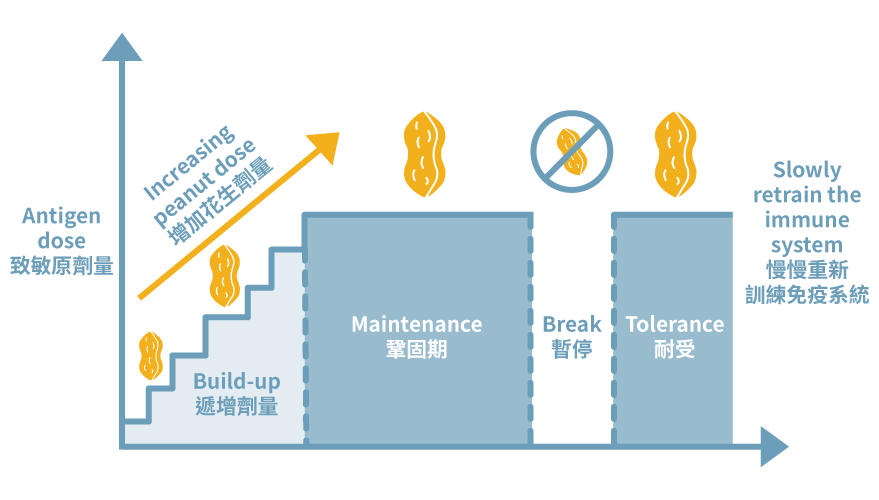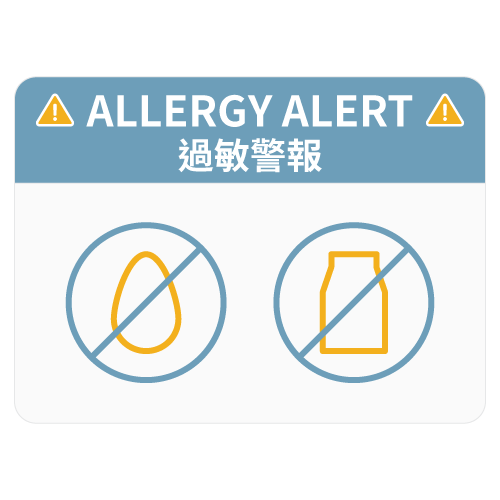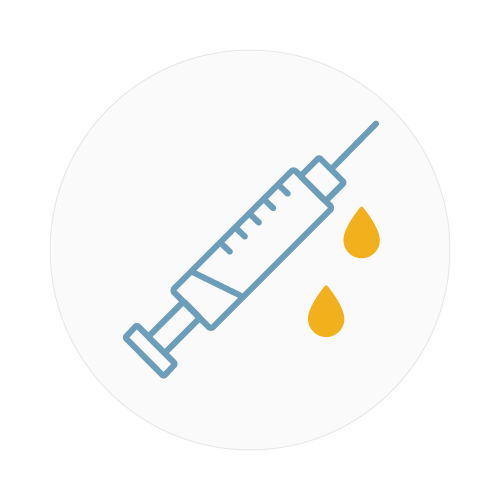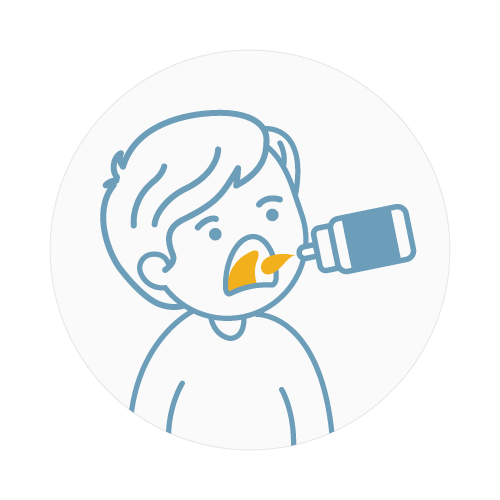Desensitisation
Desensitisation
Pathophysiology
What is desensitisation?
Desensitisation, also known as allergy immunotherapy (AIT), is a long-established clinical method designed to help individuals with allergies or intolerances temporarily tolerate an allergen or agent responsible for hypersensitivity reactions. It involves the gradual introduction of increasing doses of the provoking allergen to desensitise the patient over a period of three consecutive years.

Fig. 1 How immunotherapy treats allergies
Symptoms
It is recommended that patients receive allergen desensitisation treatment if they experience the following:
- Allergic asthma, allergic conjunctivitis, or allergic rhino-conjunctivitis
- Allergic rhinitis (hay fever) due to pollen or dust mite allergy, especially when the symptoms are severe
- Immune-mediated and IgE-mediated food allergies
- Venom allergies (e.g. wasps or bees)
All of the above should be advised by a Specialist in Immunology and Allergy.

Treatment
The desensitisation process varies depending on the type of allergy treated and the chosen administration pathway of the allergen.
 |
Oral Immunotherapy
Food allergens are administered orally. This method is generally used for food allergy management, such as allergies related to egg, milk, peanut, tree nuts, and wheat
|
 |
Subcutaneous Immunotherapy An allergen extract is injected subcutaneously into the patient's body
|
 |
Sublingual Immunotherapy An allergen extract is sprayed under the tongue
|
Side effects of desensitisation
Subcutaneous immunotherapy may cause localized swelling at the injection site, which can typically be managed with non-sedating oral antihistamines. More severe reactions, such as anaphylaxis, are uncommon. In the case of sublingual immunotherapy, localized side effects like irritation of the tongue, mouth, and throat are common, but these side effects usually resolve as treatment continues.
Myths
1. Is desensitisation treatment for everyone?
Not all patients are eligible for desensitisation treatment. For example, pregnant individuals should not receive allergen desensitisation therapy. Please consult a Specialist in Immunology and Allergy if there is any doubt.
2. Will desensitisation therapy eliminate allergic reactions forever?
It is possible that relapse of symptoms may occur after treatment cessation. Generally, a treatment duration of ~3 years of allergen immunotherapy is sufficient and recommended to achieve successful results.

